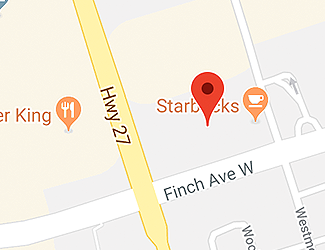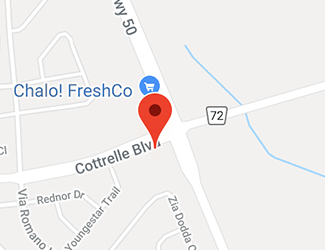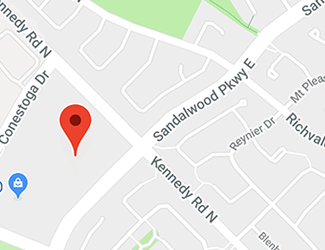
Dental Emergency
Dental emergencies are issues or problems concerning the teeth and their supporting structure that need the immediate attention of a dentist. They usually happen due to accidents and injuries and usually involve pain.
However, there are no strict definitions as to what can be considered as a dental emergency. One factor to be considered is whether or not the patient wants immediate care. Some accidents that could happen may not necessarily be painful, but is considered as an emergency because the patient wants the problem to be fixed immediately. For example, a chipped tooth may not be painful nor is it life threatening. However, those who are particularly conscious about their appearance will insist that the tooth be fixed straightaway.
On the other hand, injuries should receive immediate medical attention to avoid permanent damage. If untreated, it may require more expensive and complicated treatment later on.
Here is a list of the most common dental emergencies and what should be done when they happen:
- Knocked-out tooth – Rinse off debris with water. Do not remove or touch the gum tissue attached to the tooth. As much as possible hold the tooth at the crown. Try to put it back. If this is not possible, put it inside a container that has milk or a salt water solution or a tooth preservation product. Do not let the tooth dry up. See the dentist within an hour if possible.
- Chipped or cracked tooth – Keep the broken piece. Use warm water to rinse the mouth. Put cold compress if swelling arises. See the dentist as soon as possible.
- Partially dislodged tooth – Try to push the tooth back into position. Use only light pressure. Pain-killers and cold compress may be taken or applied to reduce pain and swelling.
- Injured soft tissue – Rinse with warm water and salt. Stop the bleeding by putting pressure on the wound with a gauze. Putting a cold compress on the area directly outside the injured area can also help stop the bleeding and alleviate pain. Go to the emergency room or see your dentist if the bleeding does not stop.
- Swelling and abscess – These may be signs of infection. See the dentist immediately. A salt and water solution may help draw the pus out while a cold compress will make the swelling go down.
- Lost filling – Fill the cavity with sugar-free gum or dental cement. See the dentist as soon as possible.
- Detached or broken crown – Keep the crown so you can have the dentist put it back when you see him or her next. You may also try to put it back using dental cement or denture adhesive.
- Broken denture – Keep the broken pieces and have the dentist fix it on your next visit. It is usually cheaper to repair a denture than have a new one made.
- Pain or infection after a tooth extraction – Also known as “dry socket”, an infection may develop when the extraction site does not form enough blood clots to heal the wound. See the dentist immediately because he or she might need to prescribe antibiotics or drain the wound.







